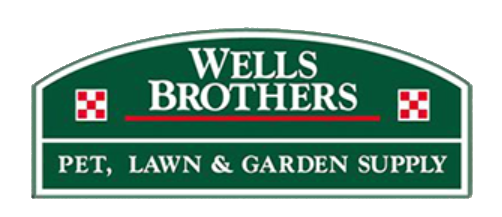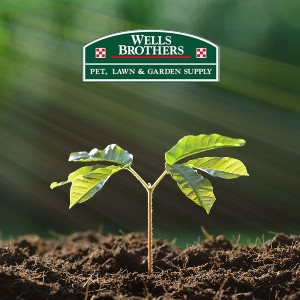POTTING SOIL, GARDEN SOIL AND TOPSOIL
When it comes to gardening, soil is key. But which soil is right for your project: potting soil, garden soil or topsoil? Here’s an overview that will help.
Potting Soil
Potting soil is for use in containers only. Interestingly, the blend doesn’t contain soil. Instead, it’s often a mixture of peat moss and other organic materials like composted sawdust. For potted plans, the mixture itself is more important than the fertility offered by traditional soil.
Potting soil is usually lightweight as organic matter is less dense than soil minerals. It should have high water-holding capacity but drain excess water rapidly. Potted plants must be fertilized regularly. Any nutrients from the decaying organic matter is quickly depleted.
Garden Soil
Garden soil is usually a blend of topsoil and other materials and nutrients like compost and fertilizer designed specifically for garden beds. Garden soil comes in different mixtures, designed for specific types of plants. Organic garden soil tends to be more expensive than topsoil.
Topsoil
Found naturally, topsoil is the most valuable layer of soil as it is filled with organic matter (living, dead and decaying organisms). Store-bought topsoil is usually a blend of mineral mixture that’s been collected (usually from somewhere like a construction site) and compost.
If you buy organic topsoil, it should contain matter such as shredded wood, moss and peat. In general, use garden soil in garden beds for planting in flower or vegetable beds. Use topsoil for larger projects or if your lawn or garden is in need of greater soil volume.

